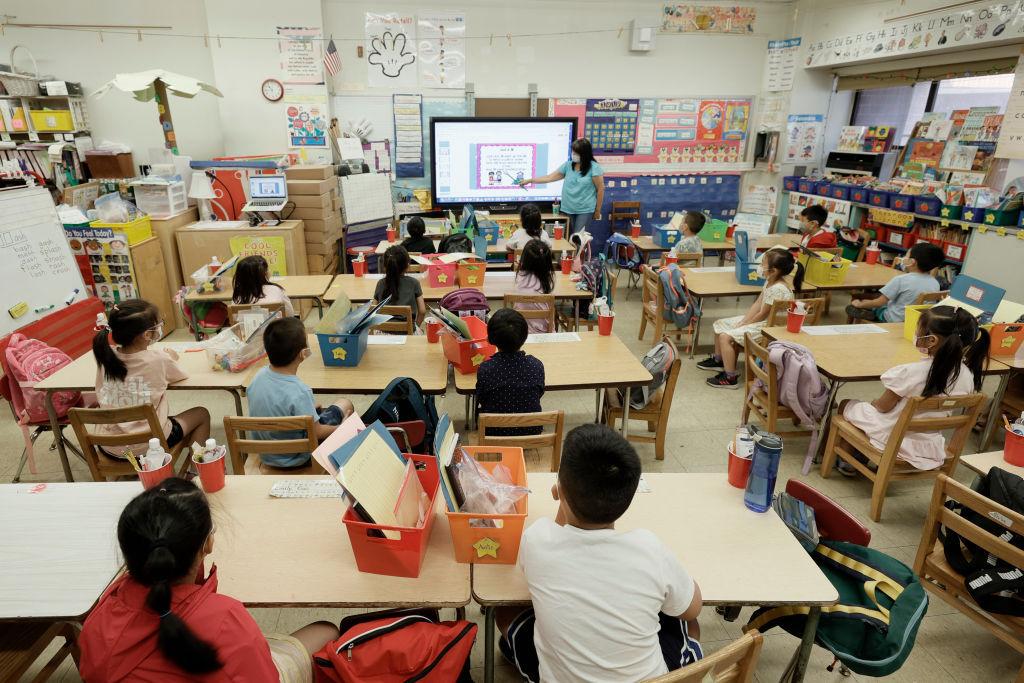Forty years ago, President Ronald Reagan announced the findings of a study on the state of education in America. Citing the infamous report “A Nation at Risk,” the president declared, “Our education system, once the finest in the world, is in a sorry state of disrepair.”
Four decades later, how are America’s government schools doing? That’s the subject of “Mediocrity: 40 Ways Government Schools are Failing Today’s Students,” the new book by Connor Boyack, president of Libertas Institute and creator of children’s series “The Tuttle Twins,” and Corey DeAngelis, senior fellow at the American Federation for Children and executive director at Educational Freedom Institute. I asked Boyack what parents need to know about the public school system.






